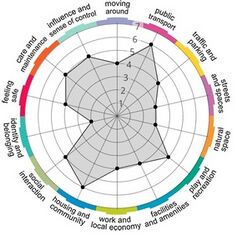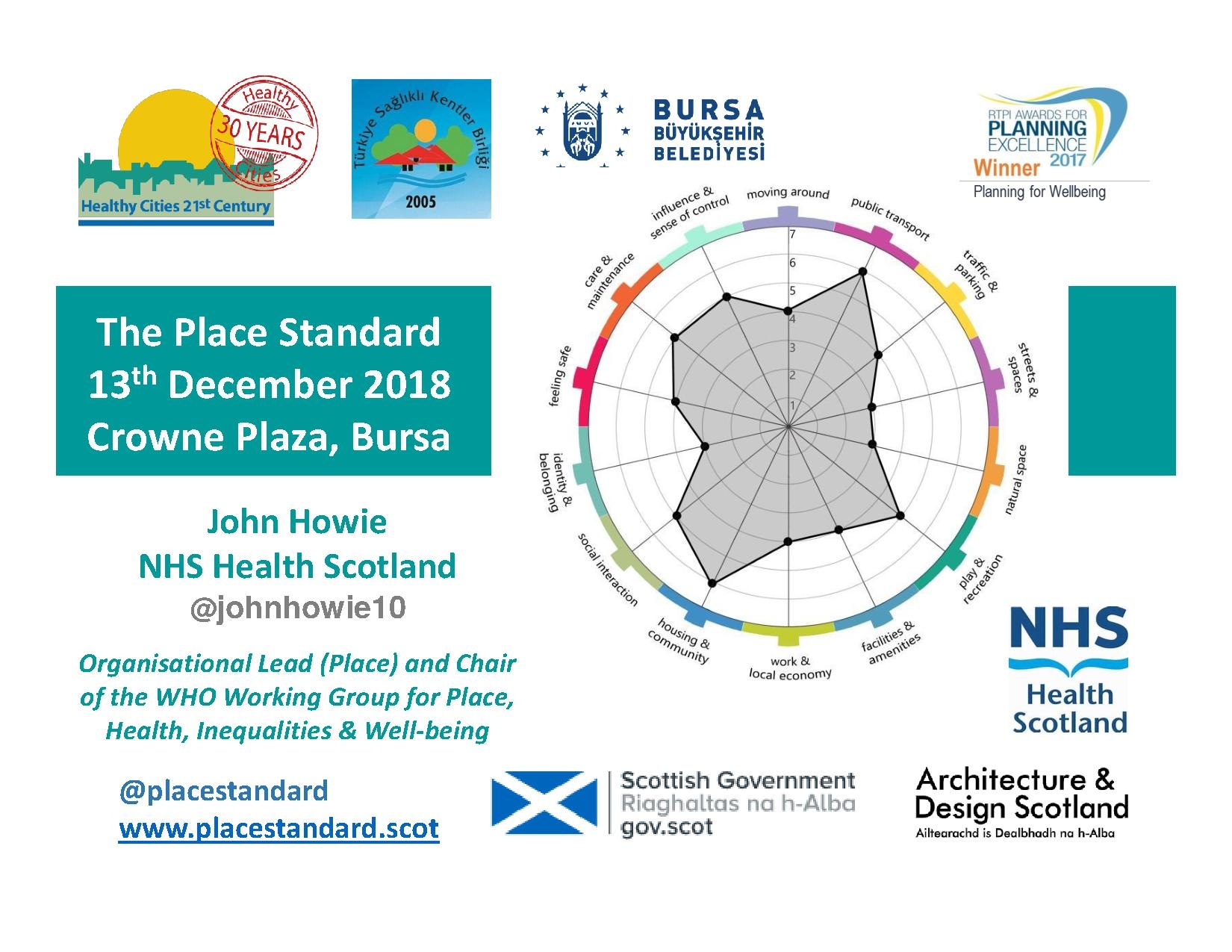Place Standard: Difference between revisions
Jump to navigation
Jump to search
en>Pinfold No edit summary |
No edit summary |
||
| (6 intermediate revisions by the same user not shown) | |||
| Line 1: | Line 1: | ||
{{Webinar | {{Webinar | ||
| | |description=The Place Standard tool provides a simple framework to structure conversations about place. It allows you to think about the physical elements of a place (for example its buildings, spaces, and transport links) as well as the social aspects (for example whether people feel they have a say in decision making). | ||
| | |image=PlaceStandard.jpg | ||
| | |website=https://www.placestandard.scot/ | ||
| | |presentation=John-Howie.pdf | ||
| | |published=2018-01-20 | ||
|sector=Wellbeing | |||
|chapter=Wellbeing Blueprint | |||
|team-members=NHS Health Scotland | |||
|poc=John Howie | |||
|youtube=dOr0cJhJ14w | |||
|tag=Participatory Democracy | |||
}} | }} | ||
Latest revision as of 05:26, January 17, 2023
| Place Standard | |
|---|---|
 | |
| Date | January 20, 2018 |
| Point of Contact | John Howie |
| Organizational Partners | NHS Health Scotland |
| Sector | Wellbeing |
| Presentation | 
|
Description: The Place Standard tool provides a simple framework to structure conversations about place. It allows you to think about the physical elements of a place (for example its buildings, spaces, and transport links) as well as the social aspects (for example whether people feel they have a say in decision making).